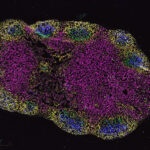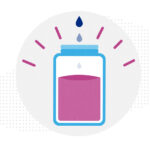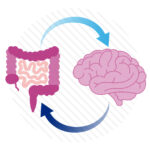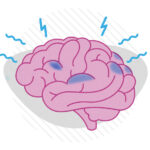2020, the year COVID-19 tuned us into science: Part 2
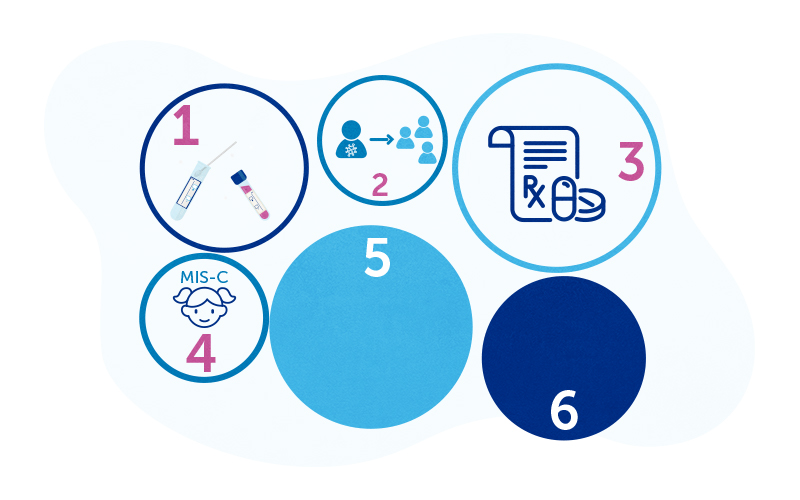
Thanks — or no thanks — to COVID-19, 2020 has been a year in which science became a household topic of discussion. Our last post recounted what we collectively learned in the spring: what COVID-19 is, who is at risk, how to test for it. As the year unfolded, there were new lessons to be learned.
Lesson #3: COVID-19 treatments
In the early days, we had no treatments for COVID-19, other than supplemental oxygen and mechanical ventilation for patients with severe pneumonia. We looked to China and Italy, where COVID-19 first emerged, to see what was working. It took time to get clear answers, because we had to wait for rigorous trials — with control groups — to be completed.
We’ve now learned that steroids help curb excessive inflammation provoked by the virus, and that anticoagulants can prevent the blood clots that occur in COVID-19. Clinical trials have been testing convalescent plasma — donated by people who recovered from COVID-19 — to see if the antibodies in the plasma can help others fight off the virus. Clinical trials published so far have provided mixed evidence, and further studies are needed.
In October, the FDA approved the first antiviral drug specifically for COVID-19, remdesivir. The approval was based on limited data, and clinicians are tracking the results of continuing clinical trials. In November, the FDA granted Emergency Use Authorizations for treatments using monoclonal antibodies directed against the SARS-CoV-2 spike protein. The antibodies are designed to block the virus’ entry into cells.
Interferons, proteins naturally made by our immune system, are also being tested. But there are questions about whether they do harm or good; timing appears to be important. Boston Children’s has been investigating sitagliptin, a drug used for diabetes, and dornase alfa, used for cystic fibrosis. Many other treatments are being investigated.
Lesson #4: COVID-19 in children and the emergence of MIS-C
Early in the pandemic it became clear that children have lower rates of SARS-CoV-2 infection and have mostly been spared from serious illness. However, children with underlying medical conditions are at increased risk for severe illness. Moreover, for reasons that aren’t yet known, babies born to mothers with COVID-19 don’t appear to get the disease themselves. (One researcher at Boston Children’s is investigating possible protection from the placenta.)
In early May, however, we watched a new inflammatory syndrome called MIS-C emerge in children, starting one to six weeks after exposure to the coronavirus. Time has filled in more details about how MIS-C inflames different organs in the body, including the need to watch for heart complications.
Our next post will recap our journey toward a COVID vaccine — setting a new precedent in the history of medicine — and what we still have to learn as the vaccine begins to roll out.
Learn more about Boston Children’s response to COVID-19 and more about COVID-19 research at Boston Children’s.
Related Posts :
-

Creating the next generation of mRNA vaccines
During the COVID-19 pandemic, mRNA vaccines came to the rescue, developed in record time and saving lives worldwide. Researchers in ...
-

From ‘hit to vial’: Discovery and optimization of a promising vaccine adjuvant
Many vaccines are only partially effective, have waning efficacy, or do not work well in the very young or the ...
-

The gut-brain connection: A new approach to OCD and tic disorders?
It’s natural for young children to use routines to help them navigate the world and for older children and ...
-

Can we prevent seizures in Sturge-Weber syndrome?
Port wine stains — capillary malformations on the skin — are the most visible manifestation of Sturge-Weber syndrome. However, up to 60 percent ...


